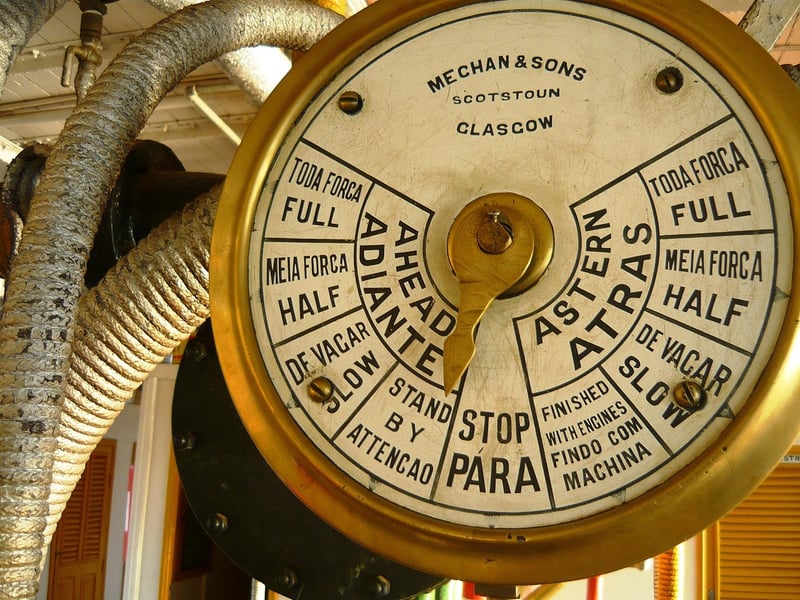Temporal Navigation Techniques
Practical Advice for Implementing Temporal Navigation Techniques
Navigating through time-based data can be a challenging task, especially when dealing with vast amounts of information. Temporal navigation techniques offer a solution to efficiently traverse through chronological data. Here are some practical tips to effectively implement temporal navigation techniques:
1. Use Interactive Timelines
Interactive timelines provide a visual representation of chronological data, allowing users to navigate through time by simply dragging a slider or clicking on specific time points. Incorporate interactive timelines into your interface to enhance the user experience.
2. Implement Date Filters
Enable users to filter data based on specific date ranges. Implement date filters that allow users to select custom time periods or predefined time intervals, making it easier to focus on relevant data within a specific timeframe.
3. Include Date Range Search Functionality
Integrate a date range search feature that enables users to search for data within a specific date range. This functionality is particularly useful when users have a precise timeframe in mind and want to quickly locate information within that period.
4. Provide Contextual Navigation Options
Offer contextual navigation options that allow users to move back and forth in time while maintaining context. Include buttons or links for easy temporal navigation, ensuring users can explore historical data or track changes over time effortlessly.
5. Utilize Visual Cues for Temporal Changes
Use visual cues such as color-coded markers, highlights, or animations to indicate temporal changes within the data. Visual cues help users understand temporal relationships and identify patterns or trends across different time periods.
6. Ensure Responsive Design for Mobile Devices
Optimize your temporal navigation interface for mobile devices to provide a seamless user experience across different screen sizes. Implement responsive design techniques to ensure that users can navigate through time-based data effectively on smartphones and tablets.
7. Test and Iterate
Regularly test your temporal navigation features with real users to gather feedback and identify areas for improvement. Iterate on the design based on user testing results to enhance usability and optimize the temporal navigation experience.
By implementing these practical tips, you can create an intuitive and efficient temporal navigation system that enables users to explore chronological data with ease.

Image Source: Pixabay
